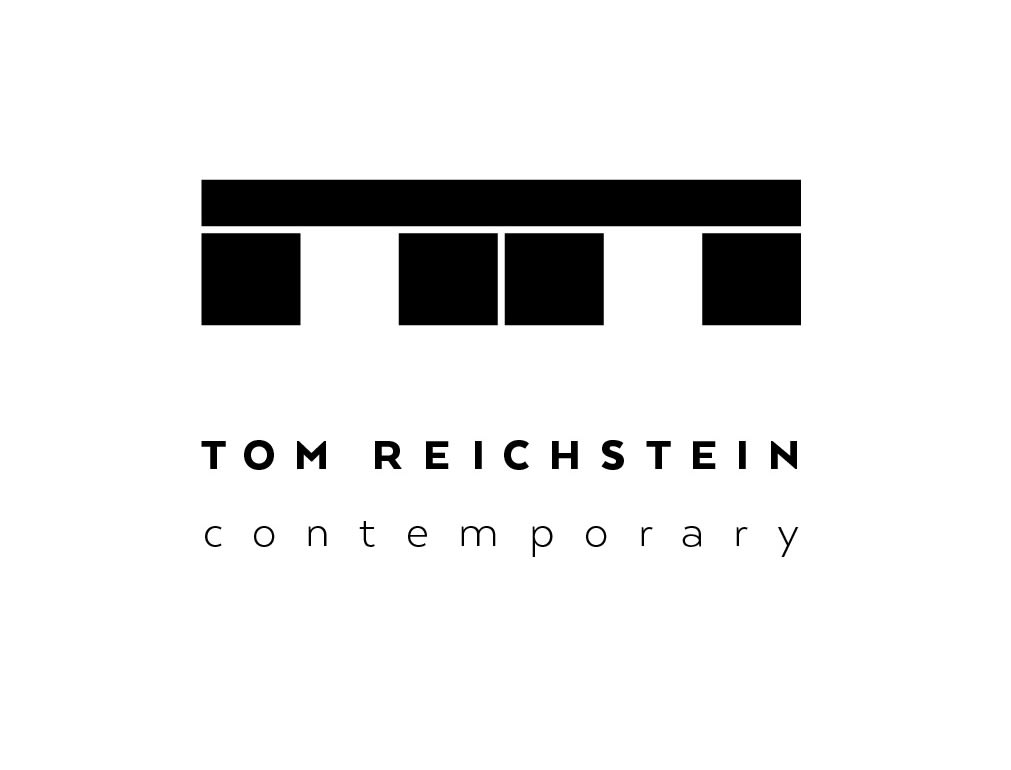There are seasons. And there are states of being.
Spring - the epitome of cyclical promise - is an idea older than any nation. It stands as an allegory for hope, for renewal, for the grand awakening of the senses.
But what happens when this awakening is fractured? When the light meets wounded retinas, overstimulated worldviews? Spring Broke is not a pun. It's a statement.
At the center of this exhibition is not a theme, but a condition: that fragile moment when the world begins to breathe again - only to realize it is submerged.
The participating artists - including emerging voices such as Hannah Bohnen, Linus Rauch, and Chenxi Zhong - belong to a generation that has known little else but a state of emergency. Raised in the shadow of 9/11, financial crises, pandemics, and ongoing geopolitical anxiety, their aesthetic language is shaped by a deep mistrust of stable narratives. Their works do not offer answers - they pose carefully crafted questions. Questions that pierce through pigment and pixel like March light into lingering snow.
They are joined by more established voices from the gallery program - Miwa Ogasawara, Yang Kailiang, and Naho Kawabe - artists whose works explore, with great calm and precision, the very fractures that connect the visible to the hidden.
Alongside them, voices from another time reach into the present:
Alfred Sisley, whose impressionist landscapes today appear less as escapes than as fragile assertions. The delicate light above the Seine is not apolitical - it is an attempt to affirm beauty in times of economic precarity. Sisley, the son of an English merchant who often remained at the margins of France's Third Republic, understood the fragility within the image.
Max Ernst - the Dadaist, the Surrealist, the irreconcilable - lends voice to the fragmented, collaged nature of this exhibition. His works, born from the ruins of two world wars, know: every blossoming already casts the shadow of its next collapse. Spring is not redemption - it is transition.
And then there is Carl Spitzweg. The Biedermeier painter who dissected the absurdities of the petit bourgeois with subtle irony. His most iconic work, Der arme Poet, depicts an artist living in poverty, protected from a leaking roof only by an open umbrella. Spitzweg himself, originally a pharmacist, chose to abandon the safety of a bourgeois profession for the uncertainties of art - a life oscillating between financial independence and the constant awareness of its fragility. In Spring Broke, he represents the realization that artistic existence is always a balancing act - between inspiration and deprivation, between spring's awakening and the knowledge of the next frost.
The title Spring Broke intertwines these contrasts: the promise with the loss, the budding with the exhaustion. Like a fluttering blue ribbon in the wind, unsure whether it is still a promise or already a remnant.
In a world where every spring echoes through the hollow chambers of economic and political uncertainty, this exhibition offers a moment of pause.
Not as retreat - but as confrontation with the question:
How does one go on - in the light that falls on the cracks?















